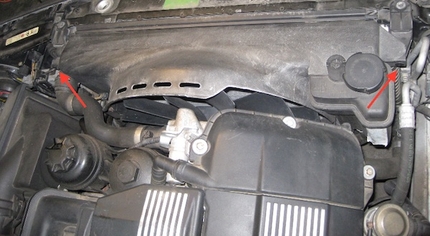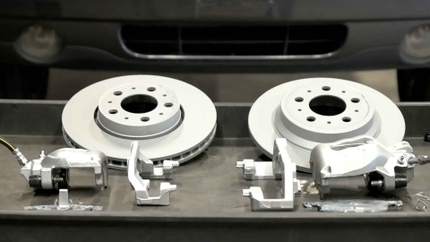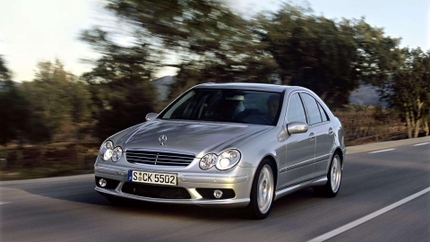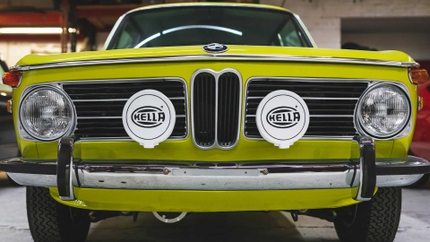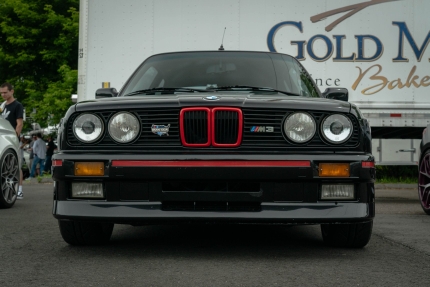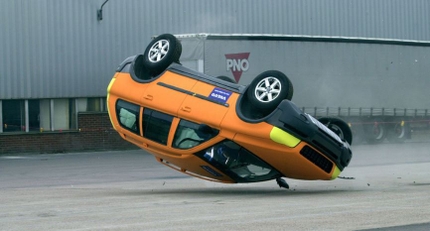- 01/31/2017
- 1 Min Read
- By: Michael Hallock
How to Remove & Replace Front Axles on a P1 Volvo (C30/S40/V50/C70)
If you have ever owned a P1 Volvo, there is a likely chance that you have experienced the weak boots on the Volvo CV axle shafts. Especially if you are driving a dramatically lowered vehicle, the altered angle on the axle adds stress to the boots. While the CV axles will probably last the life of the car, it is only a matter of time before the rubber boots crack open and flinging CV grease everywhere.
When most people hear about a problem with the axles, they immediately think the worst. A job that requires a trained professional; something that will surely cost thousands of dollars and a full day of labor. The fact is, removing and replacing an axle is a fairly straight forward task.
Necessary Tools:
- Jack and jack stands
- Torque wrench and necessary tools to remove your front wheels
- Metric ratchet set (sizes may vary from 12mm-15mm depending on model year and transmission)
- Pickle fork or axle puller tool
Removing Front Axles:
On automatic cars, there is no need to worry about transmission fluid loss. However, on manual cars, I advise only jacking up on side of the vehicle at a time to prevent fluid from leaking out of the transmission. You may want to have a bottle of fresh transmission fluid ready, just in case any fluid spills out.
1) With the wheel removed and the vehicle securely resting on jack stands, remove the axle bolt from the center of the hub.
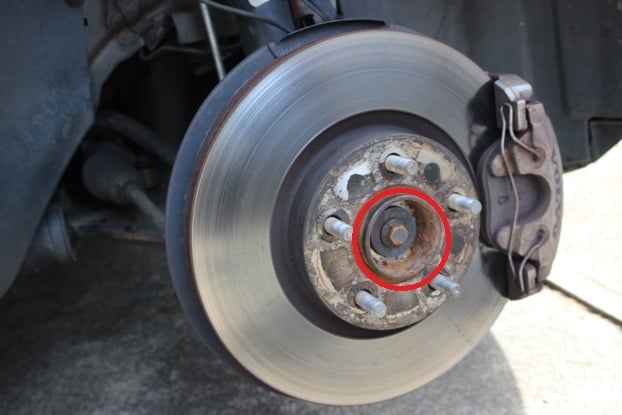
2) Turn the hub assembly in one direction or the other, as if the steering wheel were turning, to slide the axle out of the hub. It may be easier to disconnect the steering tie rod for a bit more wiggle room.
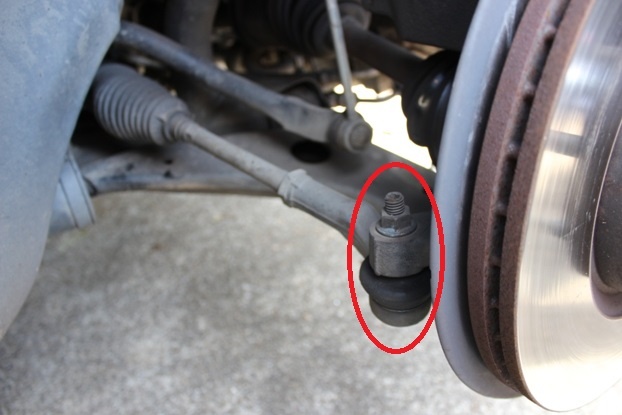

3) On the driver's side of the vehicle, the axle is only mounted to the hub and the transmission. With it already removed from the hub assembly, use a pickle fork or an axle puller tool to pop the axle out of the transmission. This can often require excessive force to overcome the metal O-ring which holds it in place.
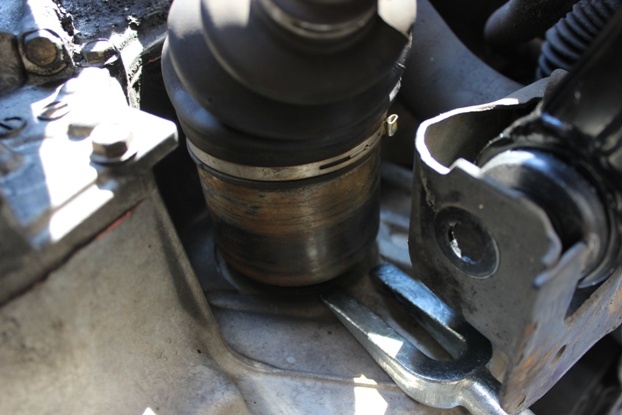
Once the axle has been removed from the transmission, clean away any dirt that is lingering around the axle opening.

Upon re-installation the driver's side axle, a bit of force may once again be required to get the metal O-ring to pop back into place.
4) On the passenger side of the vehicle, there is a bracket which supports the longer axle shaft. For the S40 pictured, these bolts required a 12mm socket. With both bolts removed, the bracket should come straight off.
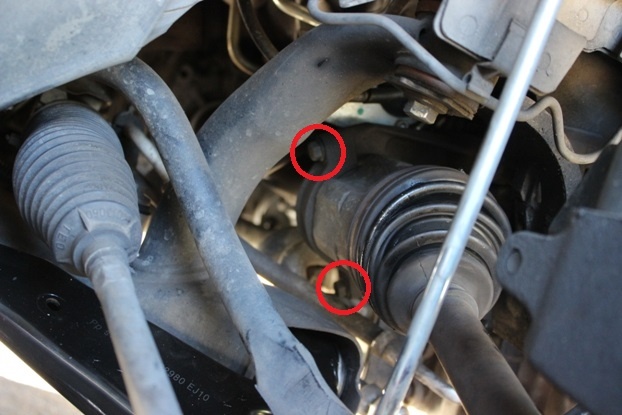
5) Unlike the driver's side, the passenger axle easily slides straight in and out of the transmission. When reinstalling a replacement axle, be sure to get the bracket lined up properly, as this is what prevents the axle from sliding out of the transmission.
6) With both axles secured into the hub assemblies, replace the axle bolts. New axles should come with replacement bolts, or you can purchase new bolts from FCP Euro. Volvo suggests that the axle bolts should be replaced after every removal and only torqued to 25ftlbs.
While many parts suppliers will offer a partial refund for returning the core, I personally keep a spare set of axles to re-boot and replace on my car every few years. So long as you do not drive extensively with torn boots, the CV joints are generally unharmed. Thanks to FCP Euro, a full Volvo CV boot kit can be purchased for less than $100, which includes the necessary grease and clamps to make the axles as good as new.


